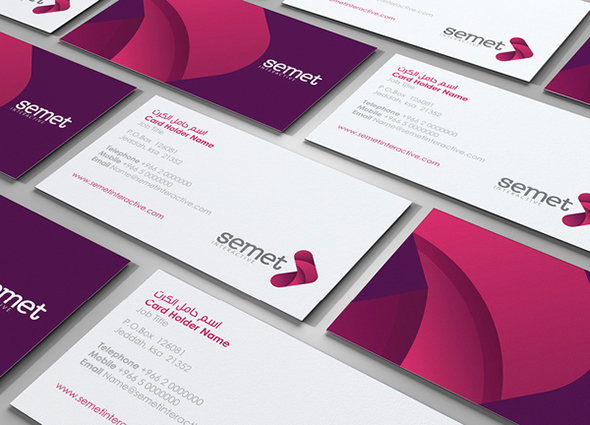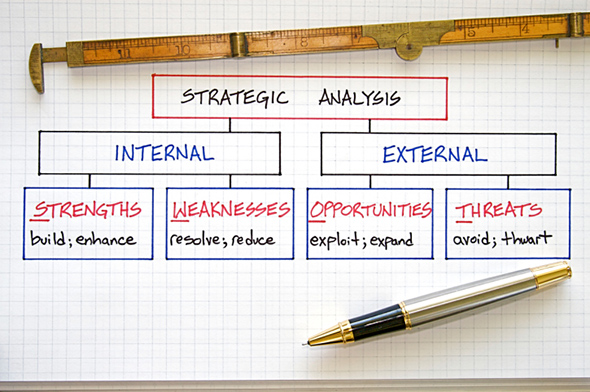Plant a Seed with Catalogs, and Watch Your Business Grow
While online ordering is a must-have for many businesses, a printed catalog can provide a great supplemental marketing tool for your website. Many people still prefer perusing catalogs at their leisure without being connected to a computer. For these customers, a printed catalog provides increased exposure to a wider variety of products. In addition, catalogs can be easily shared with others and offer staying power…with a message that can be seen again and again.
Here are a few tips for creating a printed catalog that will do the selling for you:
- Include a mix of customer testimonials that give readers a more consumer-centric look at your products.
- “Tell your story” by including background information about your business and the history of your products.
- Cross-sell complementary products through suggestions in the product copy, call-outs, or the placement of companion products together.
- Feature best-selling products in the upper right-hand corner, where the eye is naturally drawn when flipping through a catalog.
- Think small. If you have a frequently changing product line, consider a mini catalog booklet that offers a brief overview of your product line with colorful product photos to pique interest. Refer readers to your website for an extended product line or more in-depth information.
- Include an order form. While few customers mail in their order, many will use it to organize their orders before ordering online or calling.
- Include seasonal inserts that can be easily updated for relevant sales and offers.
Remember, the more information customers have about your products, the more confident and satisfied they’ll feel with their purchasing decisions.









